What is Proofing?
Proofing is a term used to describe a stage in baking that relates to yeast. Typically, and following the working of, dough is left to rest and rise before baking. Yeast in the dough ferments to produce a gas by-product. These gasses create the bubbly air capsules and pockets typical of some breads.
The proofing process starts when warm water is added to a yeast and flour mixture. As a rule of thumb, the ratio of this tends to be:
Yeast weight x 4 = water weight
In one typical pizza base, there is 3.5g of dried yeast, so the expected water weight would be 14g.
Enzymes within the flour mixture produce sugar, which in turn feeds the live yeast cells. A foamy output of carbon dioxide and alcohol occur on fermentation.
A flour grain enzyme diastase converts starch in the grain to maltose. A yeast enzyme called maltase reacts and works on this to produce glucose.
How long does it take to proof bread?
The duration of your proof will depend on a number of factors. Some of the key factors that affect proof time are; the quality and freshness of your yeast, the temperature of your proofing environment, the humidity.
In the perfect environment it can take just 1 hour, but typically home bakers will find they need 2-3 hours.
We don’t advise setting a rigid time on it unless using a specialist piece of equipment like this proofer. Instead, check on you dough regularly to see if it has a puffed out and taken the shape that you’re looking for in your loaf. If baking in a baking tin, it should have risen out of the tin slightly but not spilled over the sides.
Can you overproof dough?
When proofing your dough, there is a risk of over proofing. The bubbles inside your dough assist with the bread form and structure. If the fermenting process has developed the bubbles for too long, they are likely to burst and collapse. Not what we want!
Proofing Conditions
Conditions for the live yeast are important to assist. Humidity and warmth are both key to helping the fermenting process develop. An environment temperature of 20 to 45 °C can be used. If the temperature is high, it will create a fast rise. If the temperature is set at the lower end of the scale, it will rise more slowly but with stronger taste. Finding the balance is part of the fun. Conditions for dough proofing can be easily controlled via a proofing chamber like the Brod and Taylor proofer.
Sourdough Hydration Calculator Buy a Sourdough Starter Sourdough Recipes

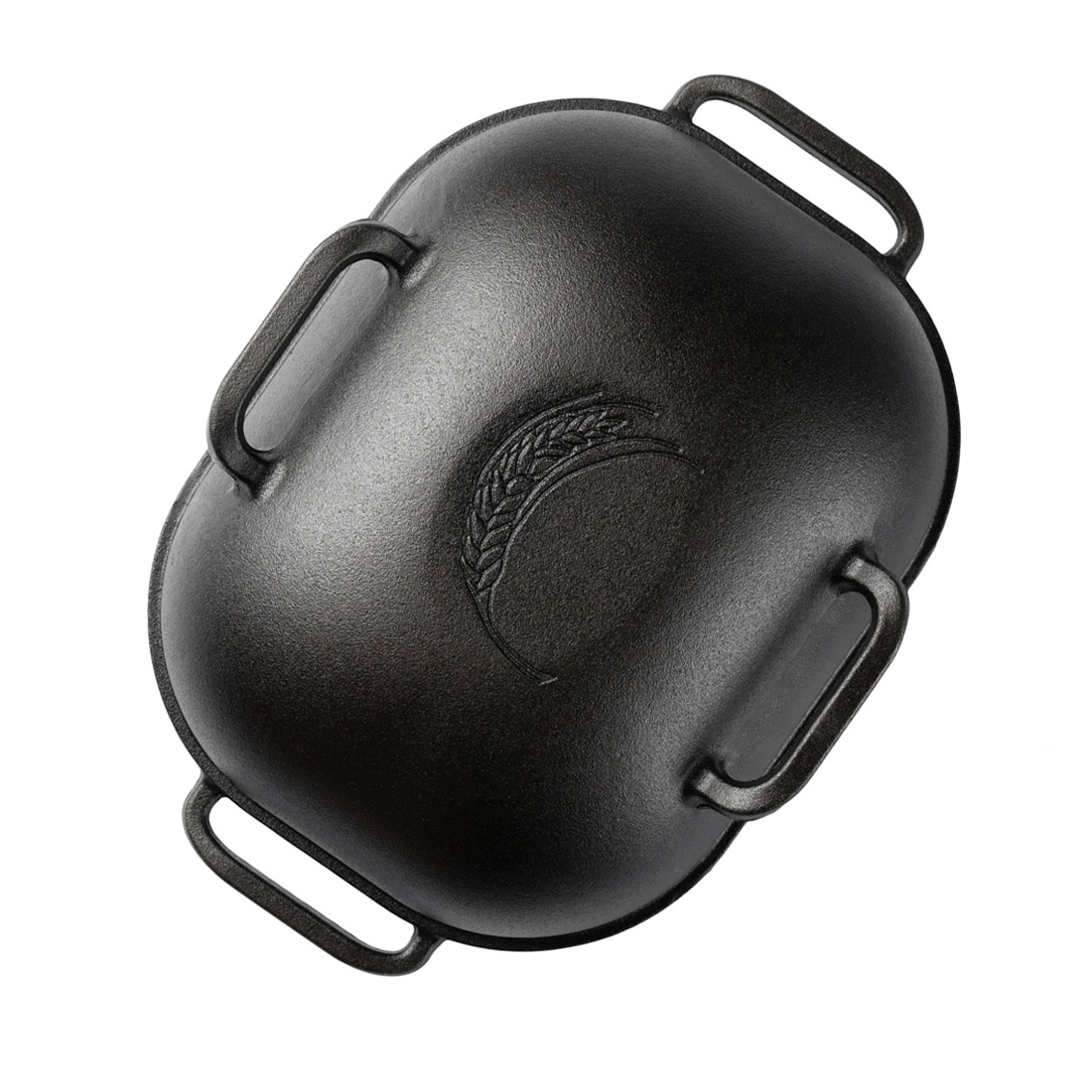 Challenger Bread Pan
Challenger Bread Pan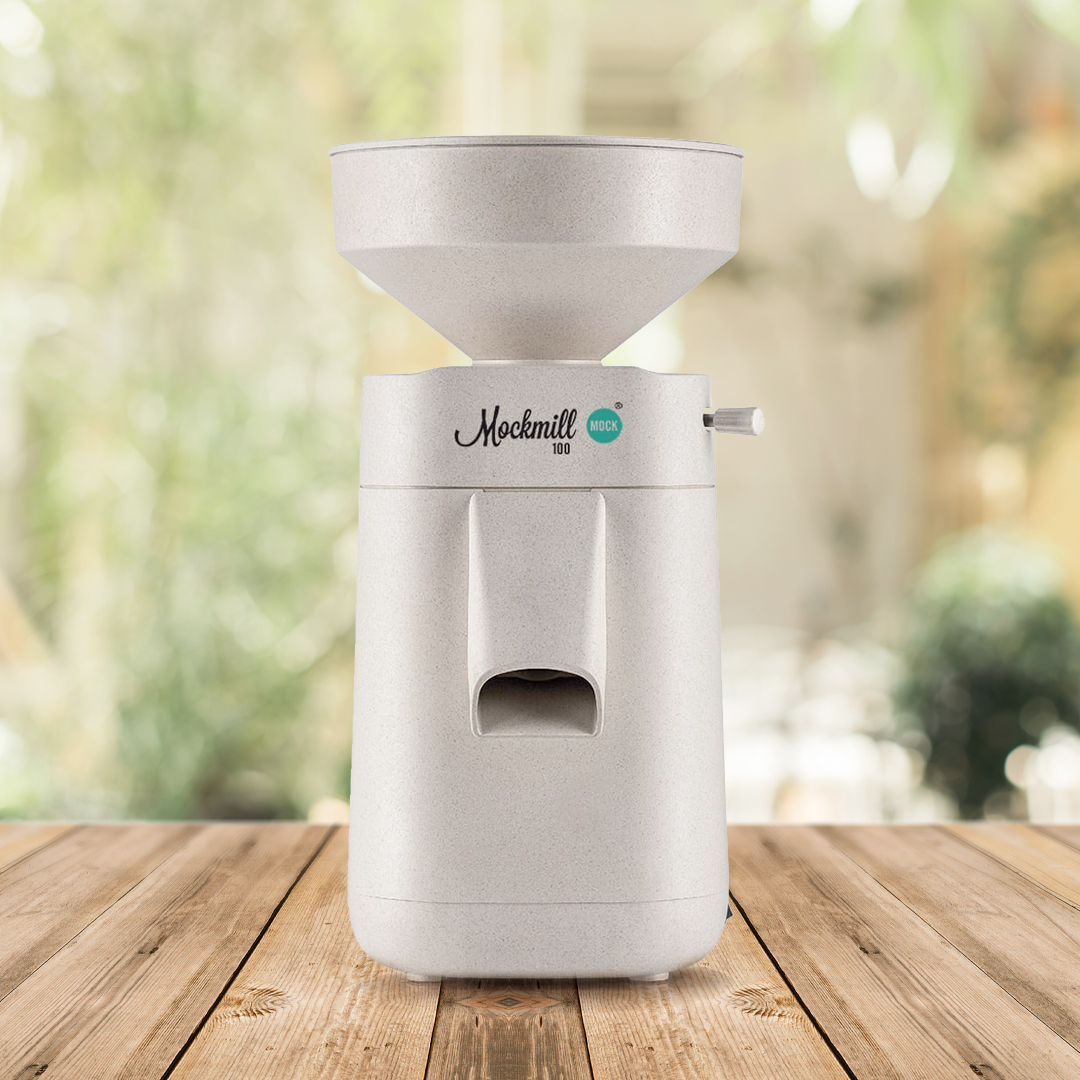 Mockmill 100 Grain Mill
Mockmill 100 Grain Mill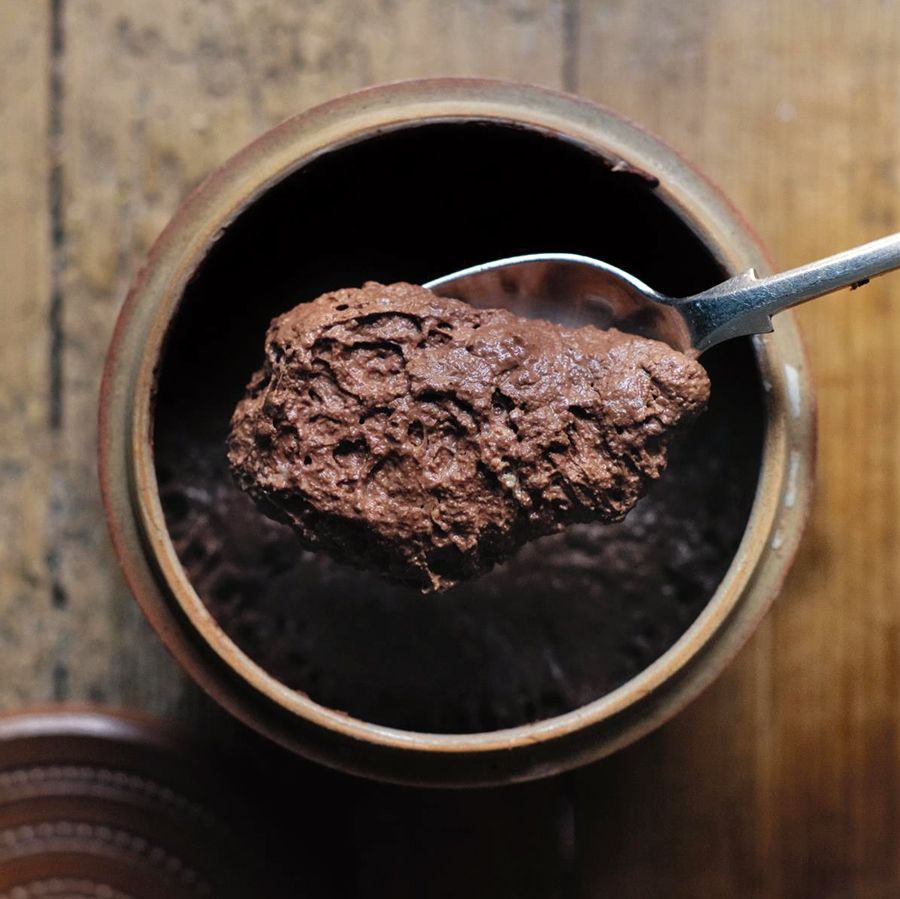 Chocolate Sourdough Starter Kit
Chocolate Sourdough Starter Kit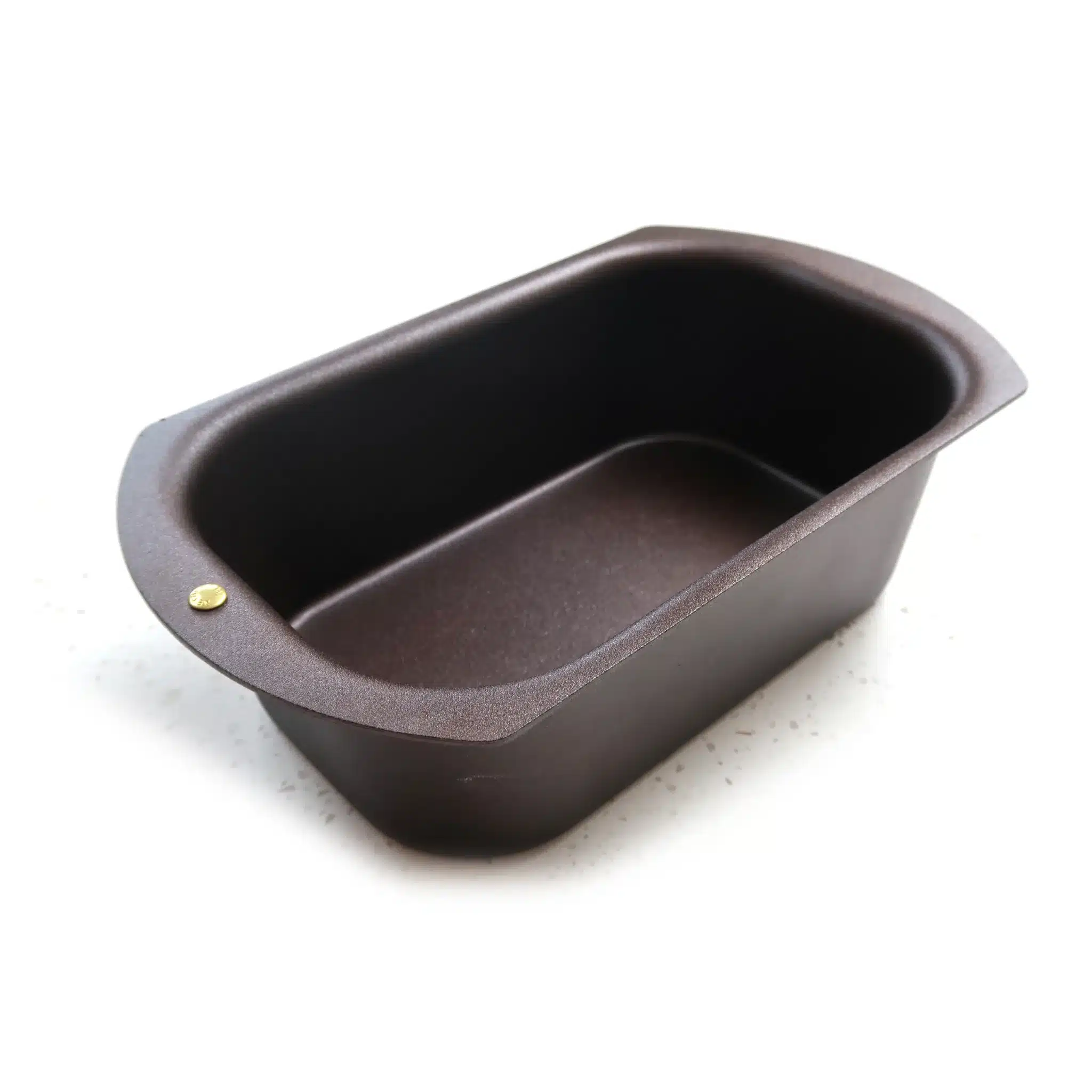 Netherton Foundry Iron Bread Tin
Netherton Foundry Iron Bread Tin
 The Spring Oven Bread Pan
The Spring Oven Bread Pan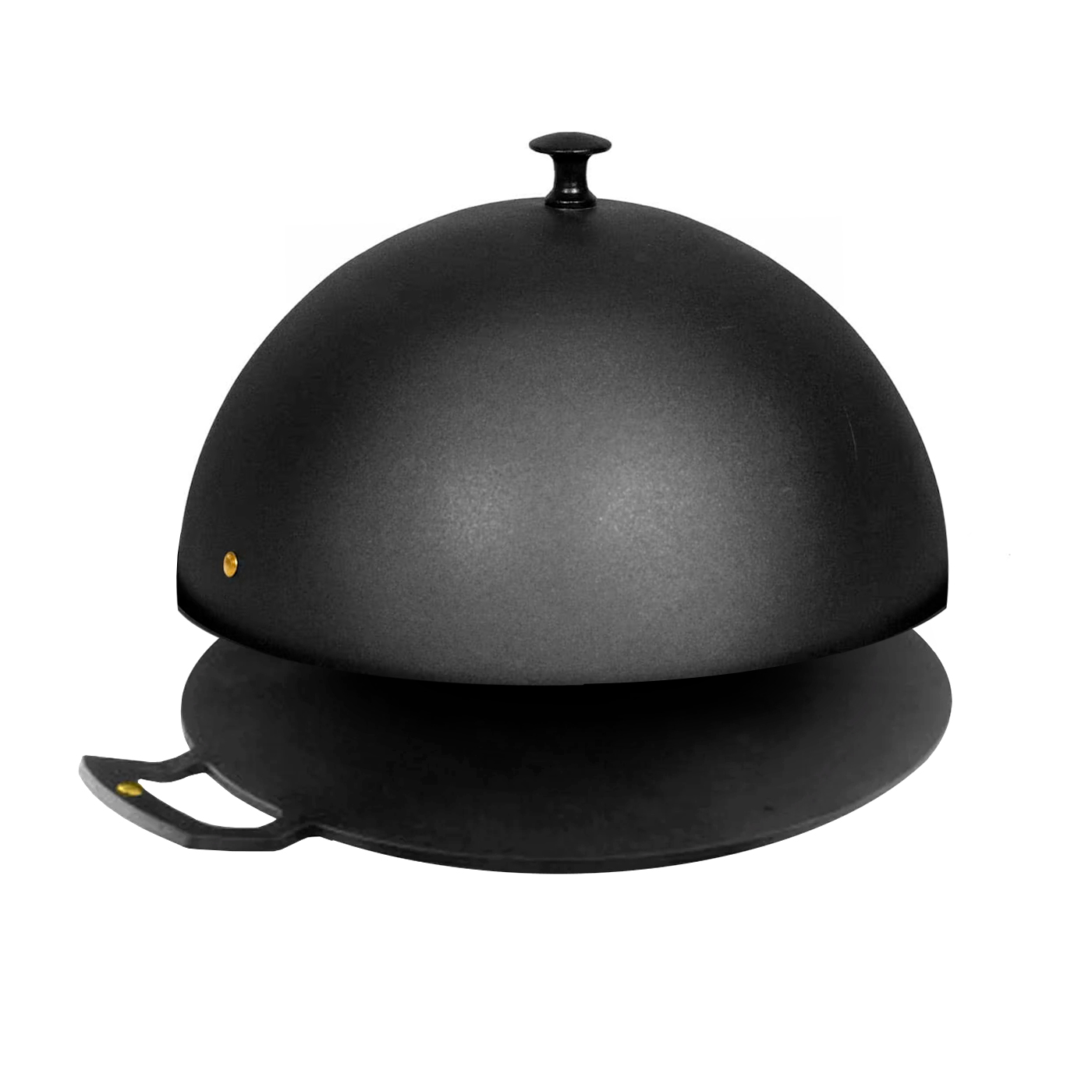 Netherton Foundry Bread Pan
Netherton Foundry Bread Pan
Leave a Reply